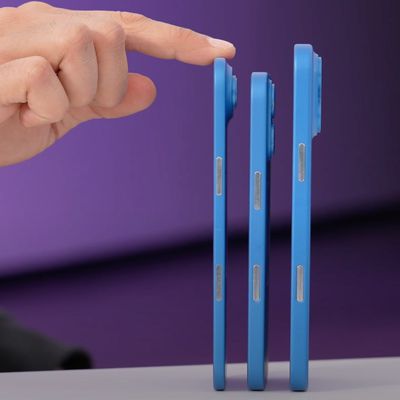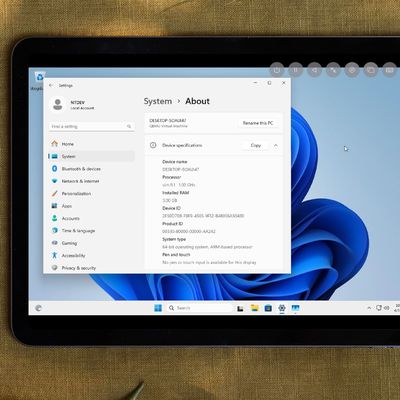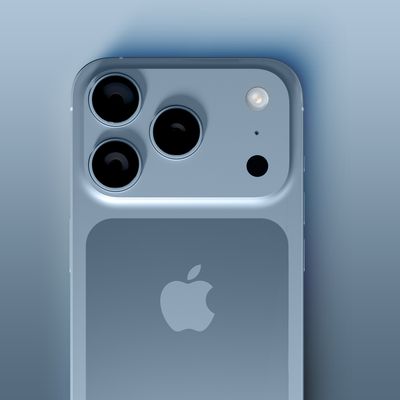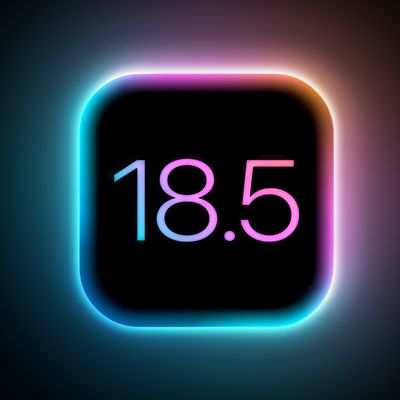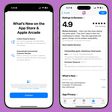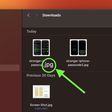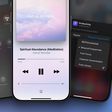iOS 4.2 Supports Cellular Network Performance Improvement Technology
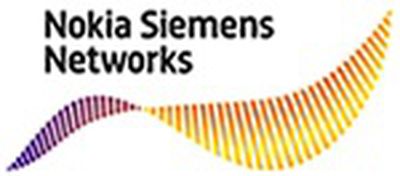
In a blog post, Nokia Siemens Networks reveals that Apple's iOS 4.2 released last week supports new technology known as Network Controlled Fast Dormancy (NFCD) that can reduce strain on cellular networks while also improving battery life for devices. The technology allows devices to remain in an "intermediate state" instead of constantly alternating between active and idle states when sharing information with cellular networks.
All this disconnecting and reconnecting takes time and can cause a frustratingly slow network response. On the other hand, leaving the smartphone in an active mode all the time drains the battery very quickly.
To overcome the problem Nokia Siemens Networks introduced a method that, instead of putting the handset into idle or keeping it always active, keeps the handset in an intermediate state. From here, a smartphone can wake up much more quickly and needs to send far fewer signals to and from the network to start a data connection. You get a fast network response and a longer battery life.
The report notes that Nokia implemented the technology in its smartphones earlier this year, and with Nokia and Apple together accounting for half of all new smartphone sales on a global basis, the change is now widespread enough to be contributing to noticeably improved user experiences and cost reductions for cellular providers.
The post specifically references the network of one Middle Eastern cellular provider that has seen smartphone devices reach an average battery life of 11 hours on its networks, compared to six hours on competing networks. Meanwhile, testing in North America has shown reductions in signaling between smartphones and networks of up to 50%.
The technology does, however, require that Nokia Siemens' network equipment be used in order for the improvements to be possible, and it is unclear which regions and carriers have embraced the company's products. For example, AT&T noted earlier this year that upload issues being experienced by iPhone users were caused by software problems in network equipment from Nokia Siemens competitors Alcatel-Lucent. Alcatel-Lucent and Ericsson have also been selected to provide equipment for AT&T's next-generation LTE (4G) network.
Popular Stories
Despite being more than two years old, Apple's AirPods Pro 2 still dominate the premium wireless‑earbud space, thanks to a potent mix of top‑tier audio, class‑leading noise cancellation, and Apple's habit of delivering major new features through software updates. With AirPods Pro 3 widely expected to arrive in 2025, prospective buyers now face a familiar dilemma: snap up the proven...
Apple plans to release an all-new super thin iPhone this year, debuting it alongside the iPhone 17, iPhone 17 Pro, and iPhone 17 Pro Max. We've seen pictures of dummy models, cases, and renders with the design, but Lewis Hilsenteger of Unbox Therapy today showed off newer dummy models that give us a better idea of just how thin the "iPhone 17 Air" will be.
The iPhone 17 Air is expected to be ...
If you missed the video showing dummy models of Apple's all-new super thin iPhone 17 Air that's expected later this year, Sonny Dickson this morning shared some further images of the device in close alignment with the other dummy models in the iPhone 17 lineup, indicating just how thin it is likely to be in comparison.
The iPhone 17 Air is expected to be around 5.5mm thick – with a thicker ...
A developer has demonstrated Windows 11 ARM running on an M2 iPad Air using emulation, which has become much easier since the EU's Digital Markets Act (DMA) regulations came into effect.
As spotted by Windows Latest, NTDev shared an instance of the emulation on social media and posted a video on YouTube (embedded below) demonstrating it in action. The achievement relies on new EU regulatory...
Apple's iPhone development roadmap runs several years into the future and the company is continually working with suppliers on several successive iPhone models simultaneously, which is why we often get rumored features months ahead of launch. The iPhone 17 series is no different, and we already have a good idea of what to expect from Apple's 2025 smartphone lineup.
If you skipped the iPhone...
While the iPhone 17 Pro and iPhone 17 Pro Max are not expected to launch until September, there are already plenty of rumors about the devices.
Below, we recap key changes rumored for the iPhone 17 Pro models as of April 2025:
Aluminum frame: iPhone 17 Pro models are rumored to have an aluminum frame, whereas the iPhone 15 Pro and iPhone 16 Pro models have a titanium frame, and the iPhone ...
Apple seeded the third beta of iOS 18.5 to developers today, and so far the software update includes only a few minor changes.
The changes are in the Mail and Settings apps.
In the Mail app, you can now easily turn off contact photos directly within the app, by tapping on the circle with three dots in the top-right corner.
In the Settings app, AppleCare+ coverage information is more...




